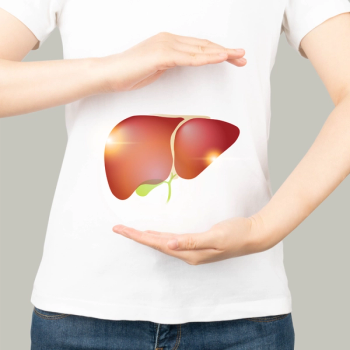
Cancer Clinical Trials May Benefit Patients Who Typically Don't Qualify
Many patients with cancer do not qualify for clinical trials because of comorbidities or other health problems. However, a recent study found that many of these patients can actually benefit from trials.
Clinical trials are imperative in helping find treatments for patients with cancer. However, many patients with poor prognoses or other comorbidities often get turned away from participating because they are deemed “too sick” according to eligibility criteria, such as having existing medical illnesses. These patients who are being turned away are the people who could potentially benefit the most from trials.
A recent novel study at The University of Texas MD Anderson Cancer Center showed patients with acute myeloid leukemia (AML) and myelodysplastic syndrome (MDS) responded well and were safely treated in a clinical trial setting, though they would not typically qualify.
According to Guillermo Garcia-Manero, M.D., Professor of Leukemia at the MD Anderson Cancer Center, who led the study, the most common reasons why patients are excluded from clinical trials are their poor kidney function, poor liver function, malignancy and life expectancy. However, in Garcia-Manero’s opinion, there is often no clinical reason for patients with these comorbidities to be excluded.
“Clinical trials are meant to protect the patient,” Garcia-Manero said. “However, the eligibility criteria in place protects the study rather than the patient.”
The study followed 109 patients with AML and MDS who were at least 17 years old and had not previously received treatment for AML or MDS. All participants had poor performance, poor renal or hepatic function or any other active systemic disorder such as cancer.
The trial began with 30 patients. They were treated with azacitidine (AZA) and vorinostat. The 60-day survival rate was 83 percent with reports of low-grade gastrointestinal side effects. The study expanded to include 79 more patients. The 60-day survival rate of this second group was 79 percent with, once again, reports of low-grade gastrointestinal side effects and a median overall survival (OS) of 7.6 months and event-free survival of 4.5 months.
During the trial, there were “stopping rules” that required physicians to monitor the patients’ side effects and complete response rates. If a patient’s reaction did not indicate there would be a complete response within a 60-day period, they were immediately taken off and placed on another therapy. Researchers relied on previous data of 181 patients treated at MD Anderson when creating the minimum expected survival and response rates.
The study opens this issue up to further evaluations regarding the eligibility criteria with potential for allowing more people to be eligible for clinical studies.
“I want to bring attention to this research,” Garcia-Manero said. “Exclusion from clinical trials happens in many diseases so this research is relevant to many people.”




